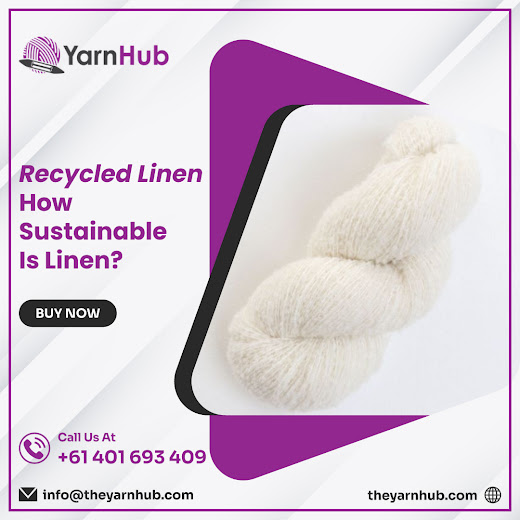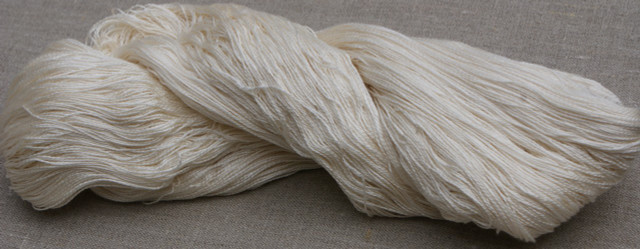Recycled Linen – How Sustainable is Linen?
Linen is one of the luxurious and most attractive fabrics you want to wear when summer rolls around. As compared to cotton, linen is expensive but it brings multiple benefits to both individuals and the environment. If we talk about Recycled Linen, it is another concept to make communities sustainable and eco-friendlier. In 2019, the market value of recycled textiles was estimated to be USD 5.6 million and is anticipated to reach USD 7.6 billion in 2027. It demonstrates the overall potential of textile recycling.
Since linen is 100% biodegradable, it has immense potential for recycling. It is a stronger type of fabric that is made from flax plant fibers. Indubitably, linen recycling is one of the leading industries globally. As per estimations, around 21% of the global population, particularly in developing countries, depend on second-hand clothes.
What is Linen Recycling?
Simply put, linen recycling is the process to recycle linen fabric to make new products. It utilizes torn and old clothes and textiles in the recycling process to generate new products. The recycling of linen provides several benefits. It reduces the need for fresh raw materials and energy consumption alongside minimizing water and air pollution. Therefore, it allows us to reuse linen products after their original functions to stop wastage, eventually. Meanwhile, Horsley Rug is another kind of yarn you can use to crochet, weave or knit your own floor rugs.
We usually have several applications of linen we can consider for recycling. These textiles include clothes, towels, curtains, pillow covers, bedsheets, etc. Some other linen products that are applicable for recycling are available in your wardrobes and cupboards you no longer use. You can give these linen textiles to charity organizations or sell them online. Some of the basic recycling steps include collection, donation, sorting, processing, and transporting.
Linen Fabric Benefits
Linen is a luxurious fabric type for clothing. It is more sustainable as compared to silk. Millions of animals are killed every year to produce silk. However, linen is eco-friendly and socially responsible clothing with a range of benefits. It ensures an amazing addition to your wardrobe since it is being used by most luxury brands and designers worldwide. Make sure you identify the real linen in the market. Fake linen is also prevalent in the market and is being sold with fake labels. It is made from cheap synthetic fibers.
Loop Yarn is another soft-textured and beautiful yarn that makes your textile personality gorgeous and attractive. But linen symbolizes richness, preciousness, and extravagance with a production cost doubled of cotton. It remains cool in hot weather and brings a breathable and comfortable wearing experience. As compared to Green Chenille Yarn, linen is more moisture-wicking, persistent, and anti-bacterial and can be used for women’s and men’s clothing alike.
Conclusion
In a nutshell, recycling linen is a great advantage since it prevents environmental pollution and brings sustainability. You can explore a diverse range of yarns online at The YarnHub. It is a larger platform to serve visitors with high-quality and affordable products across various categories.



Comments
Post a Comment